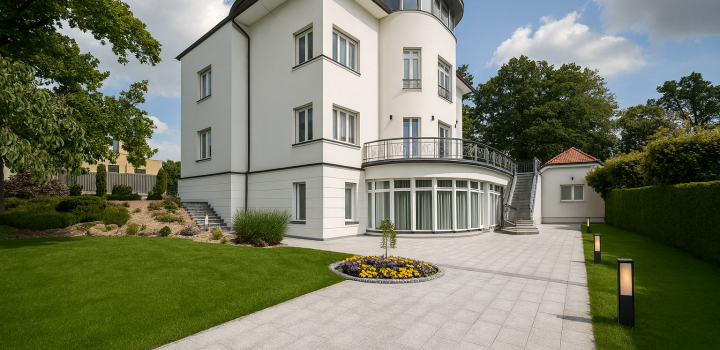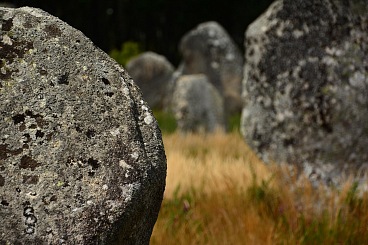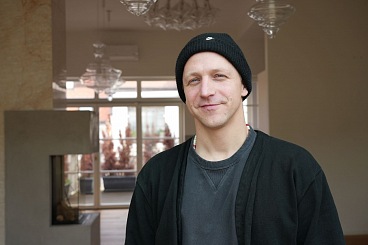A design model from Denmark: you're going to be crazy about this electric bike!
Cycling is becoming a perfectly elegant past time nowadays. We bring you a look at a luxury design piece in the form of the Danish city bike Oko E-low Eye from Biomega. In short, the Danes simply know what a modern and timeless product should look like!
If you're longing for a luxury e-bike that would simultaneously run smoothly and represent you properly, this model is exactly what you're looking for!
One of the lightest e-bikes ever made
Oko E-low is one of the lightest e-bikes, weighing less than 20 kg. That's because it is made of ultra-light carbon, with the Gates Carbon belt drive in its core. You'll be able to enjoy 4 levels of auxiliary power thanks to the 250W power unit during your merry ride. Will your ride be comfortably easy, or will you have to put in hard work? That's entirely up to you!
And what about design? As you can see, it's ultra minimalist, as the batteries and fenders are integrated into a strong and solid frame. An elegant and moreover intelligent solution, don't you think?
Prepare a few tens of thousands
The luxury bike can be purchased in two sizes, M and L. The prices range from 50 to 80 thousand CZK, depending on the type of bike. It's available in white, silver and black. The Oko Low Step is available in white or pink.
Biomega bikes can be seen on the streets of Copenhagen frequently. Become a pioneer and start the trend of this stylish ride in our country!


















